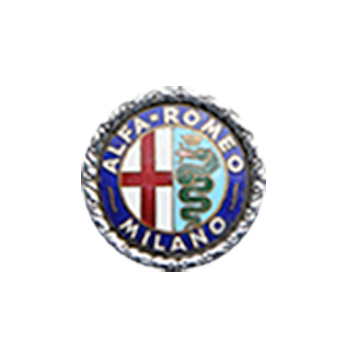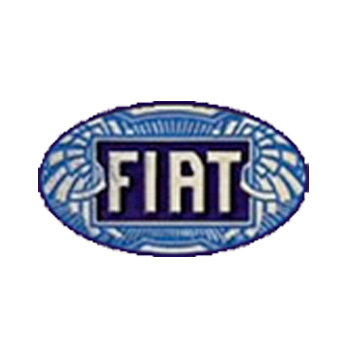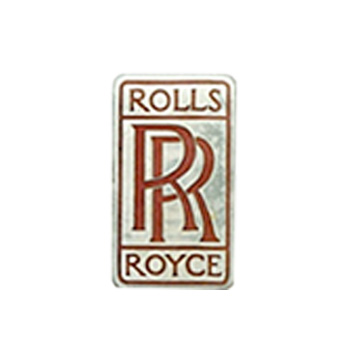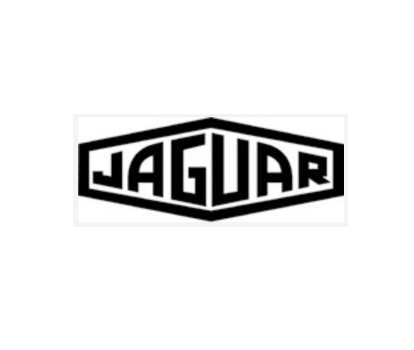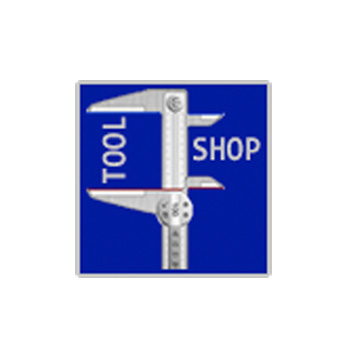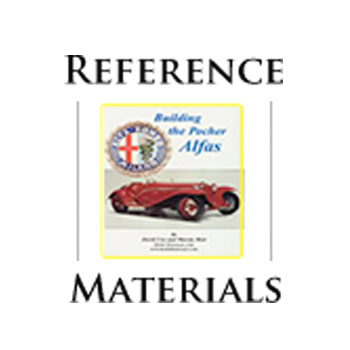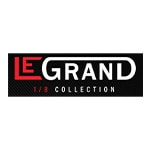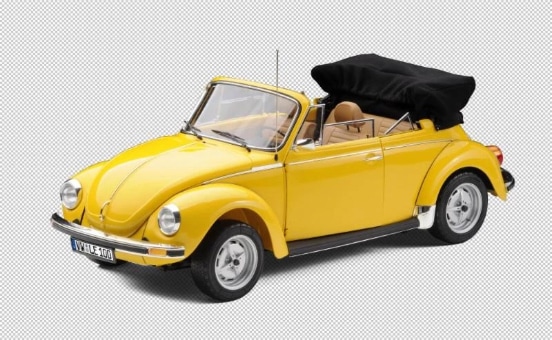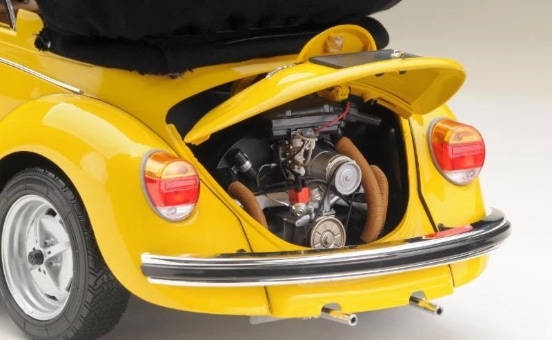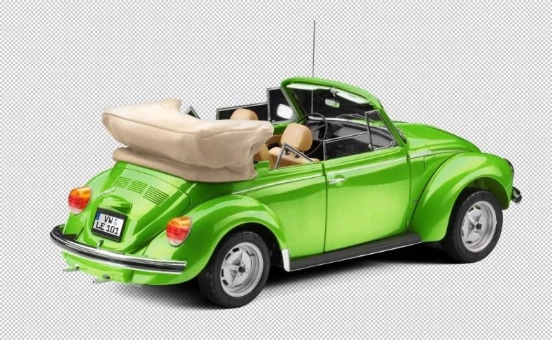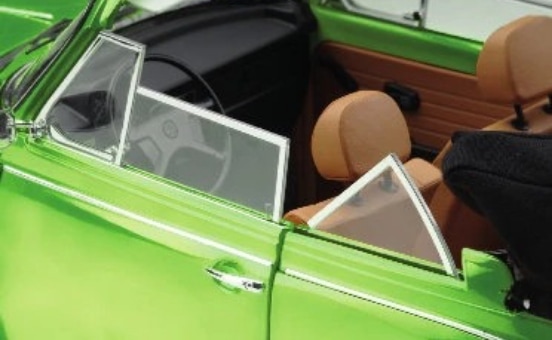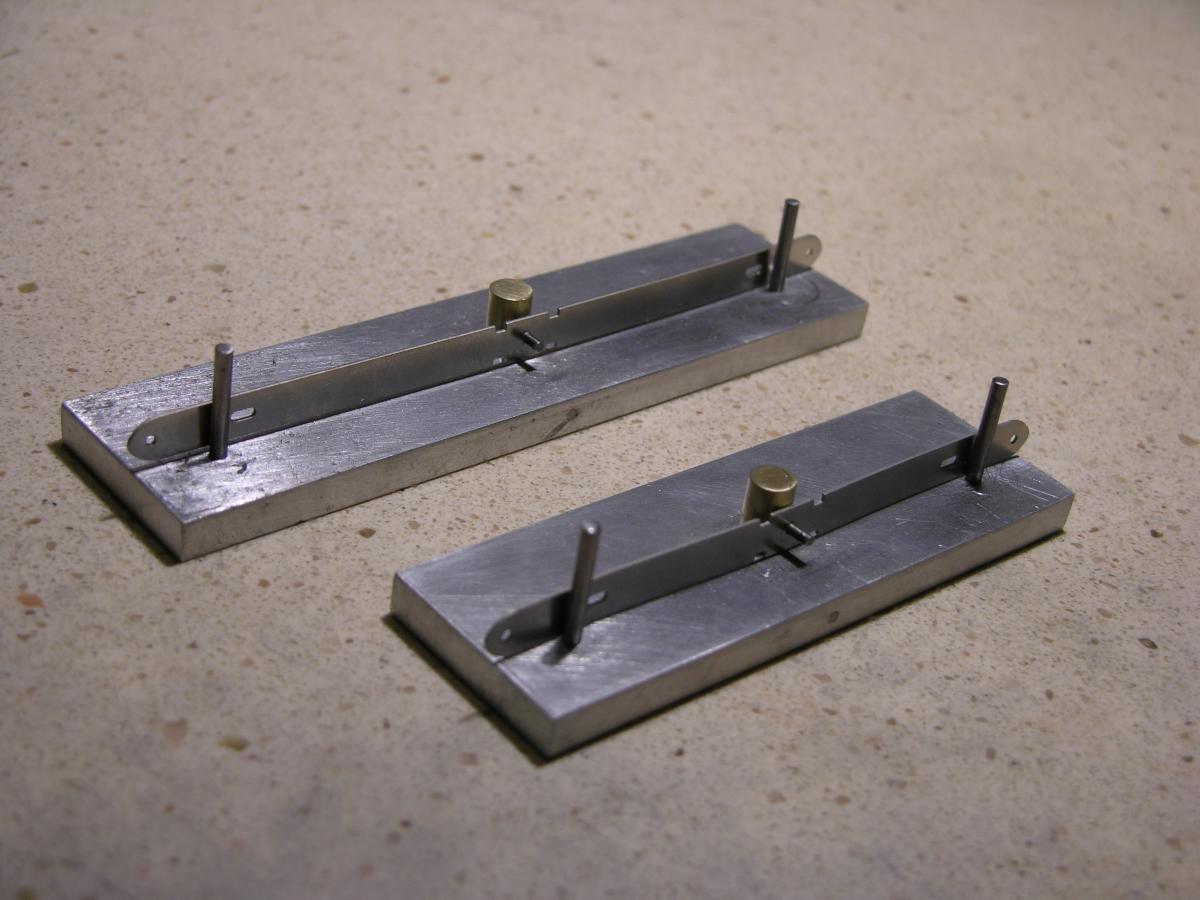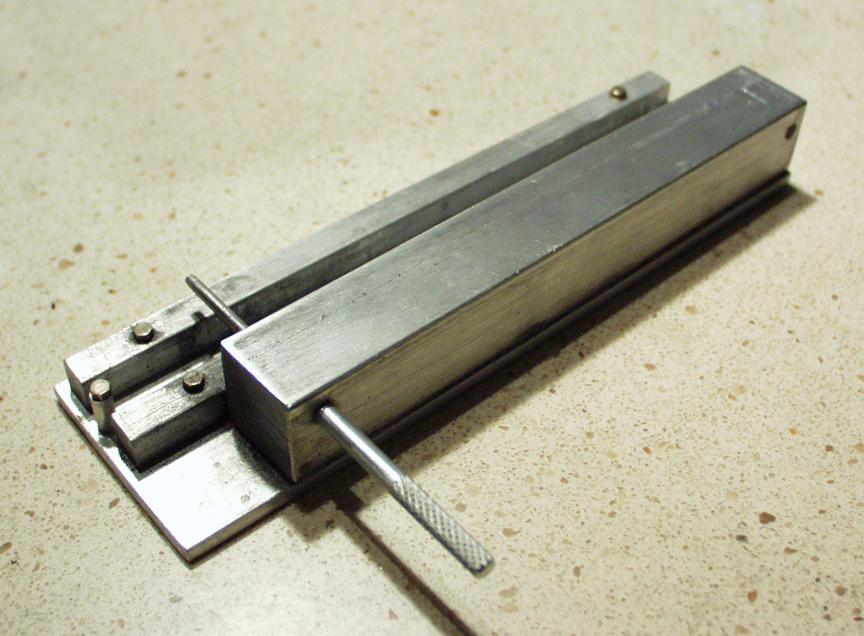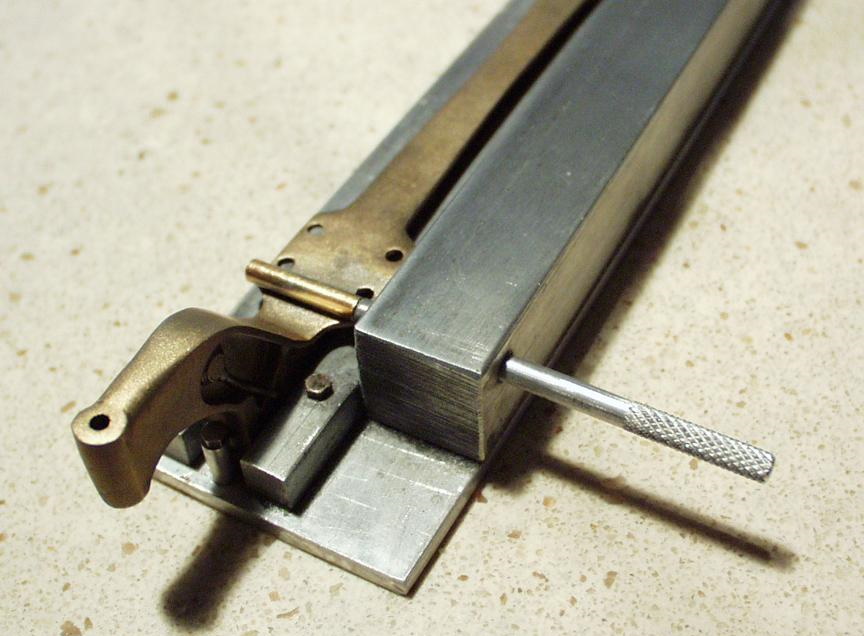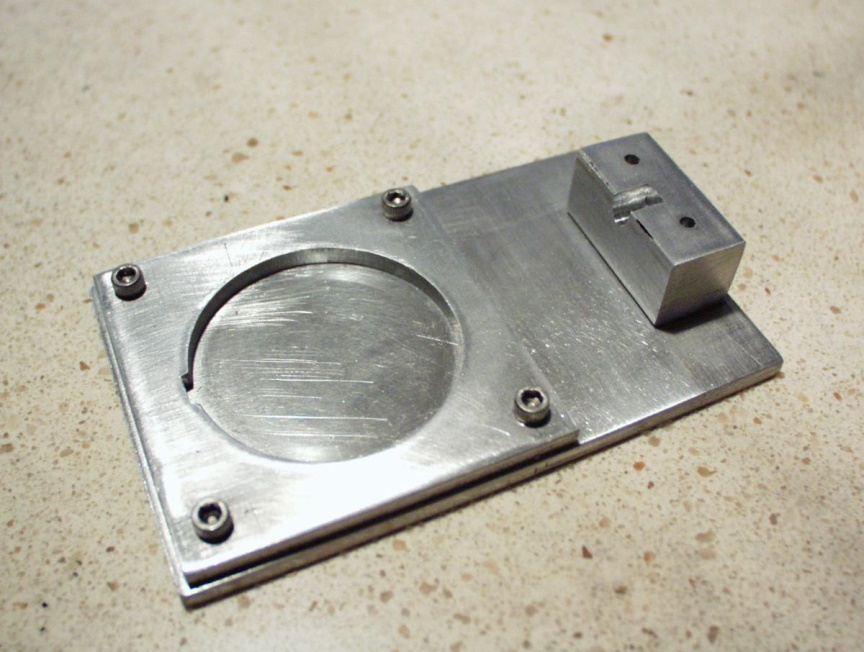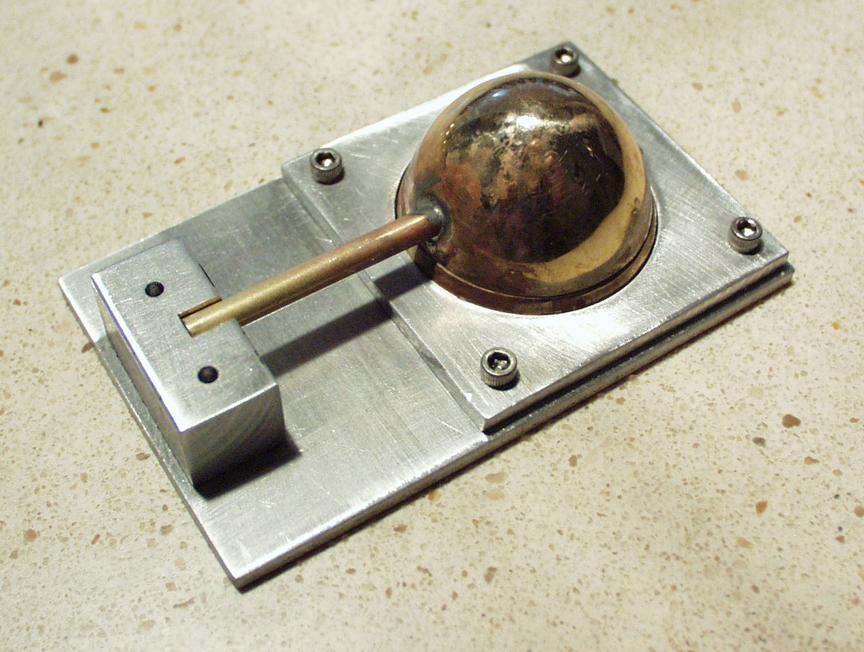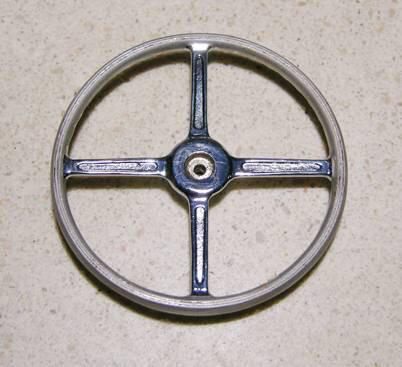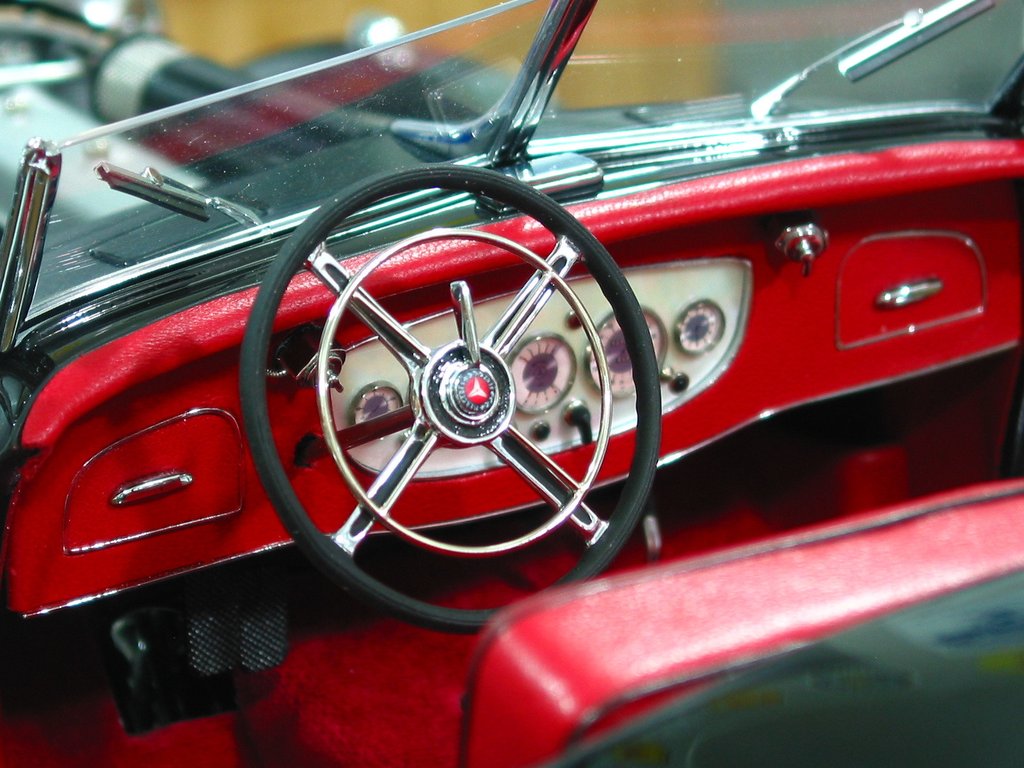Welcome to Model Motorcars
The world's premier aftermarket Pocher online store
Created more than 40 years ago with amazing detail, Pocher Classic models have become coveted collectibles for modelers and automobile lovers all over the world. At Model Motorcars, we understand your drive to improve your Pocher experience, bringing you the best catalog of proprietary parts and materials for over 25 years. From all imaginable parts to books, CDs and tools to help you build and customize the car of your dreams, we have you covered. We pride ourselves in providing the best researched, manufactured and finished parts the world over.
No.40 Oiler!
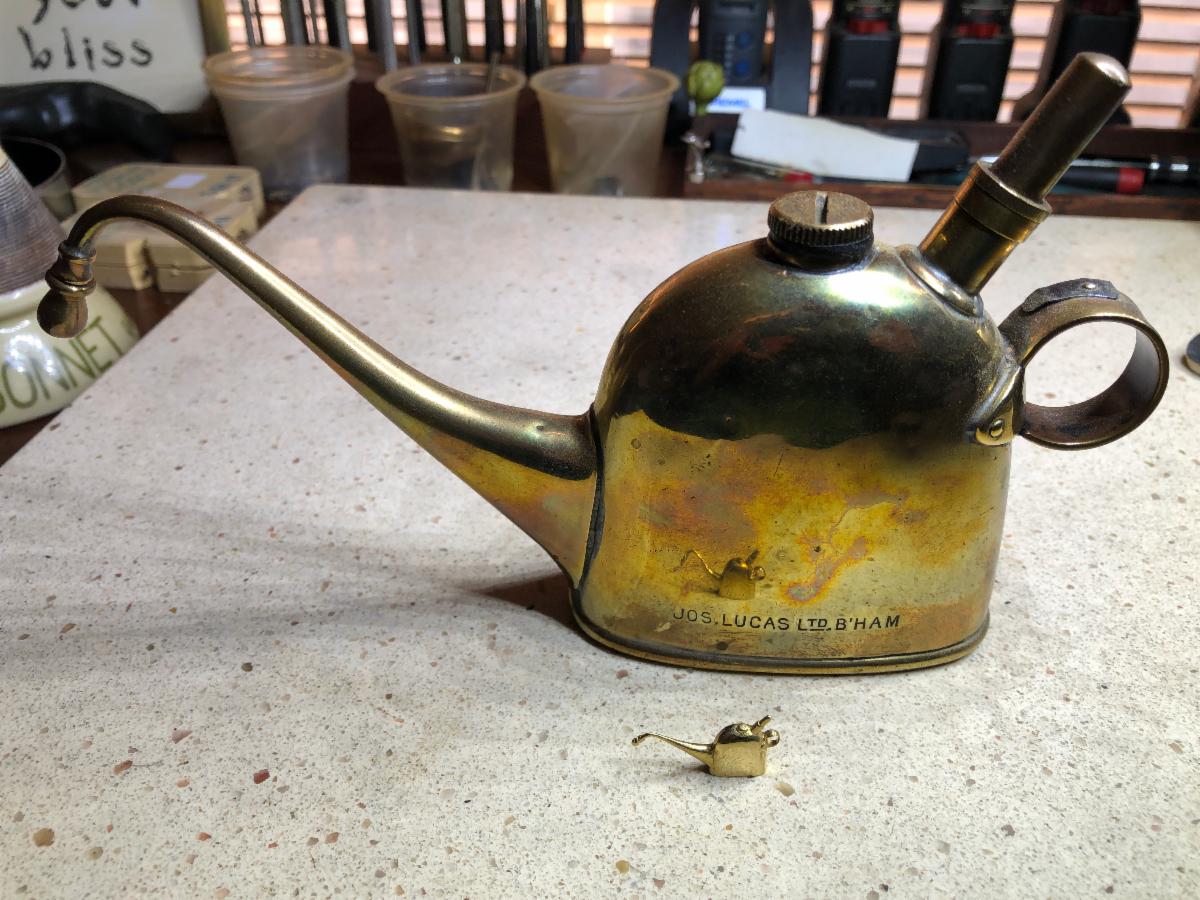
Unlike today, automobiles in the early and mid 20th century required frequent manual lubrication. The Rolls Royce Phantom II (1929-1935) was no exception. There were over 40 oiling points which included friction points such as door hinges as well as many small reservoirs that required removing a cap and filling to a designated level.
Rolls-Royce decided the Phantom II should have an oiler included with the automobile and mounted on the engine firewall. Of course, any ordinary hand oiler wouldn’t befit the car Rolls-Royce called “a legendary maverick and icon of inimitable perfection.” So, they contacted Harry Lucas.
Harry Lucas had a small shop in Birmingham, England which made a variety of automotive and bicycle parts. His father Joseph, who began manufacturing hand oilers in the late 19th century, introduced the first “stylized” oilers that combined artistic design with what had been a rather homely utilitarian device. Harry took the concept to the extreme creating some of the most beautiful and function oilers ever made. The oiler Rolls-Royce chose was the No. 40. It had a sleek almost aerodynamic design with a swan-like neck and a proper knurled screw on cap. A bracket was made to mount this elegant tool in the engine bay.
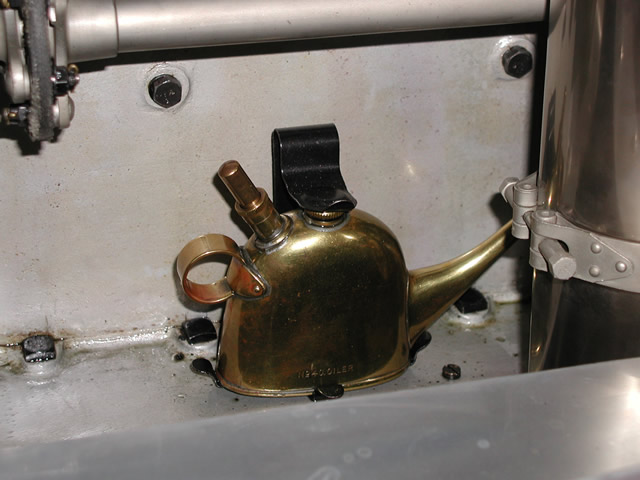
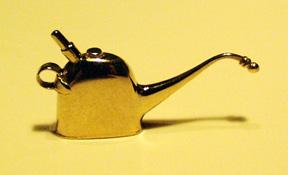
Lucas Oil Can Part No. R011 $25.00
August's Feature Exhibit
Fernando Angiolini's
Fiat Racer
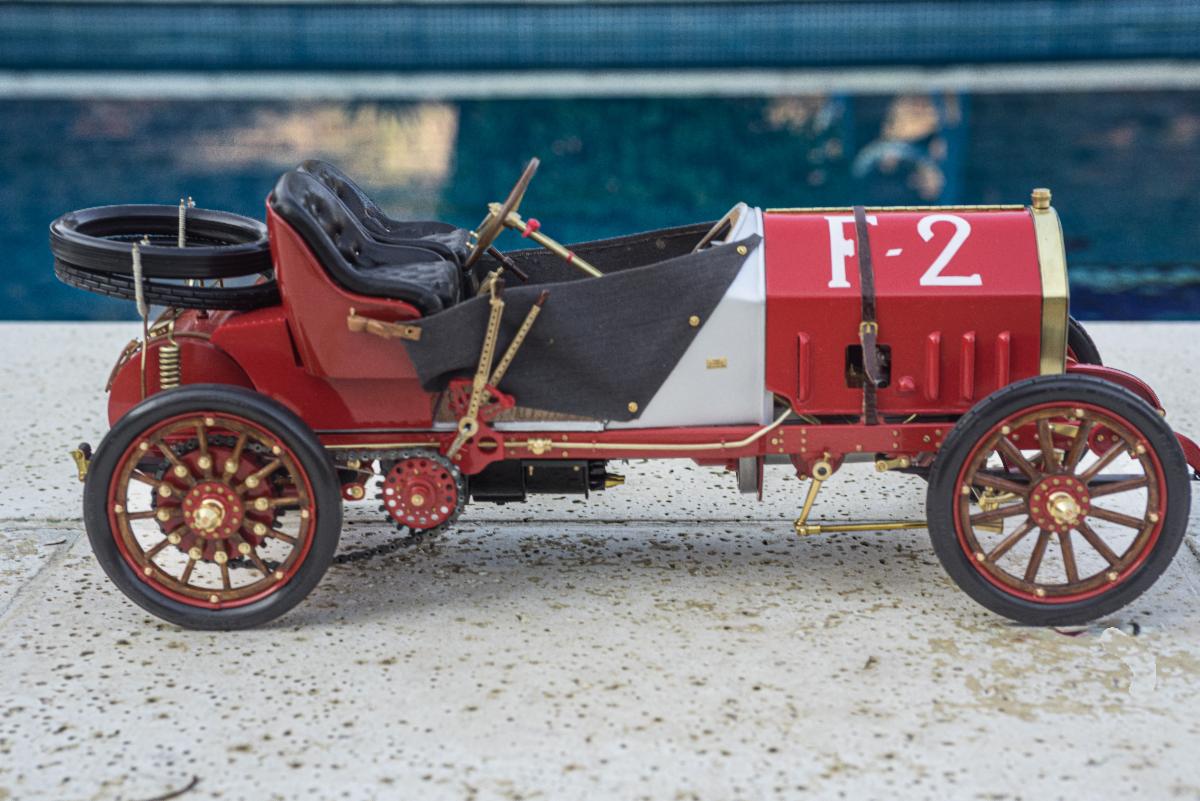
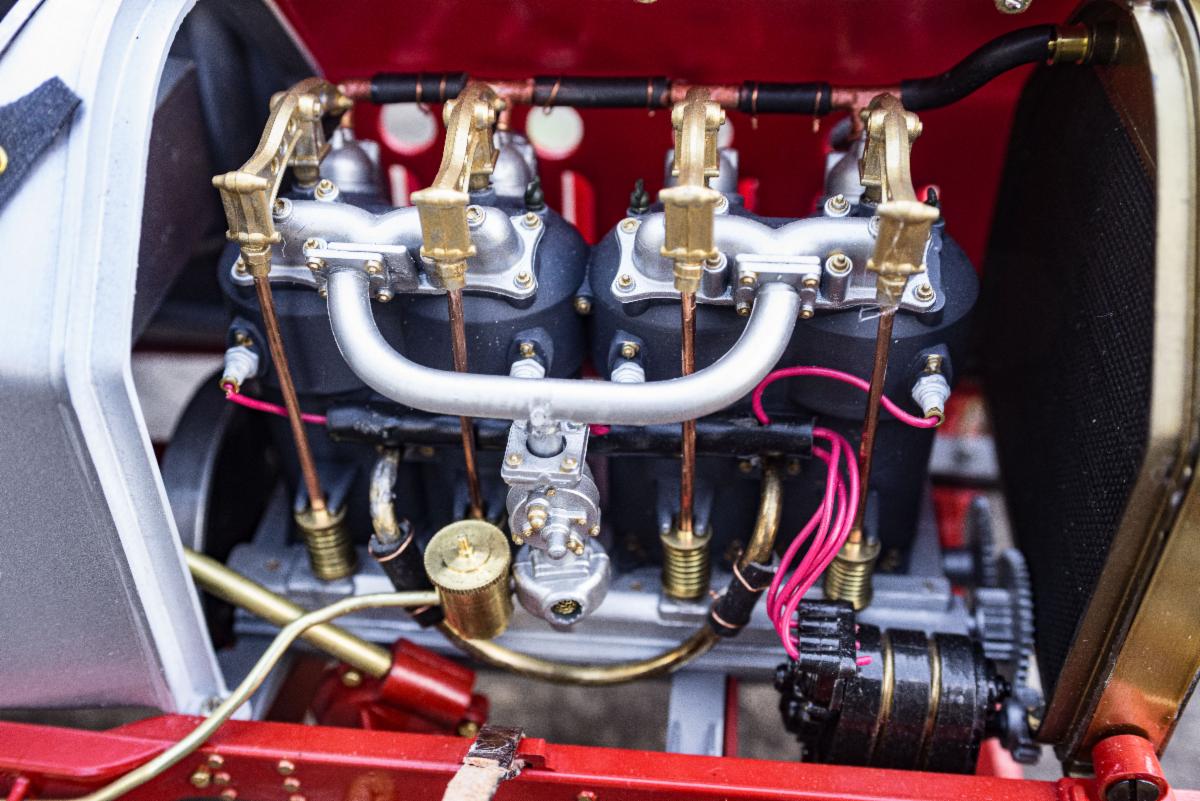
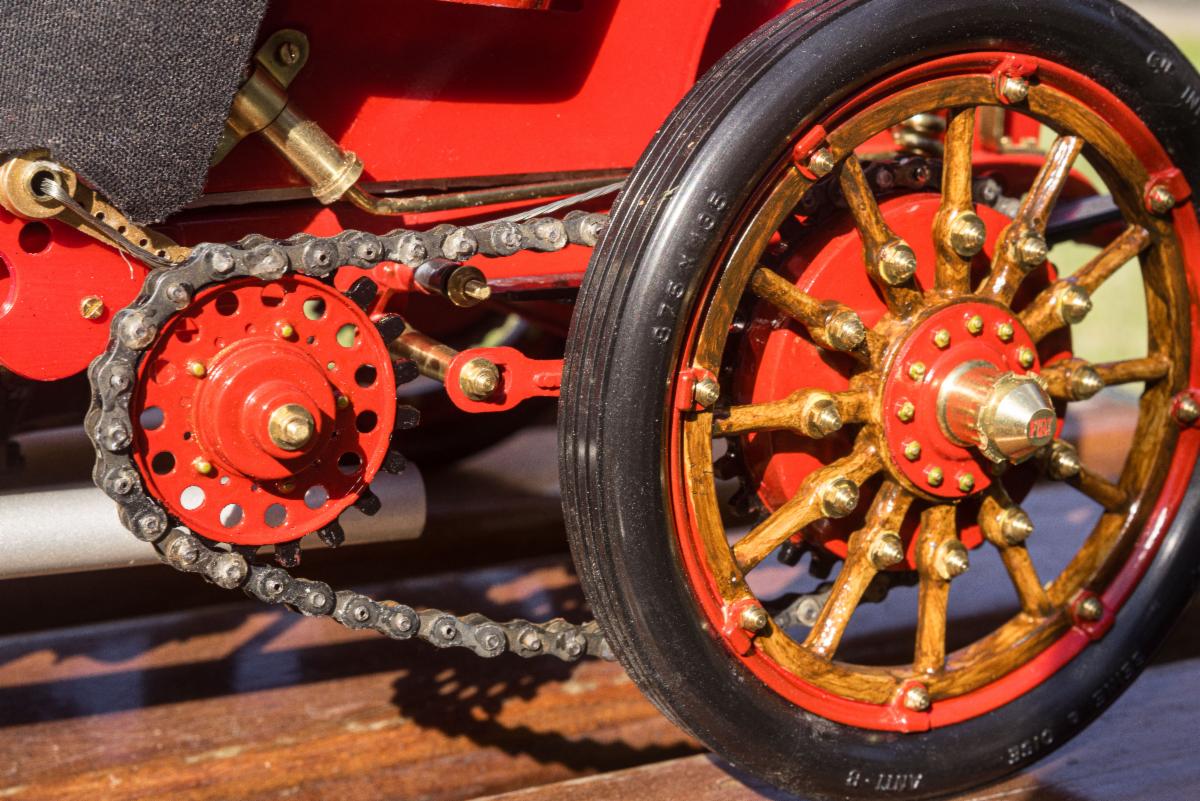
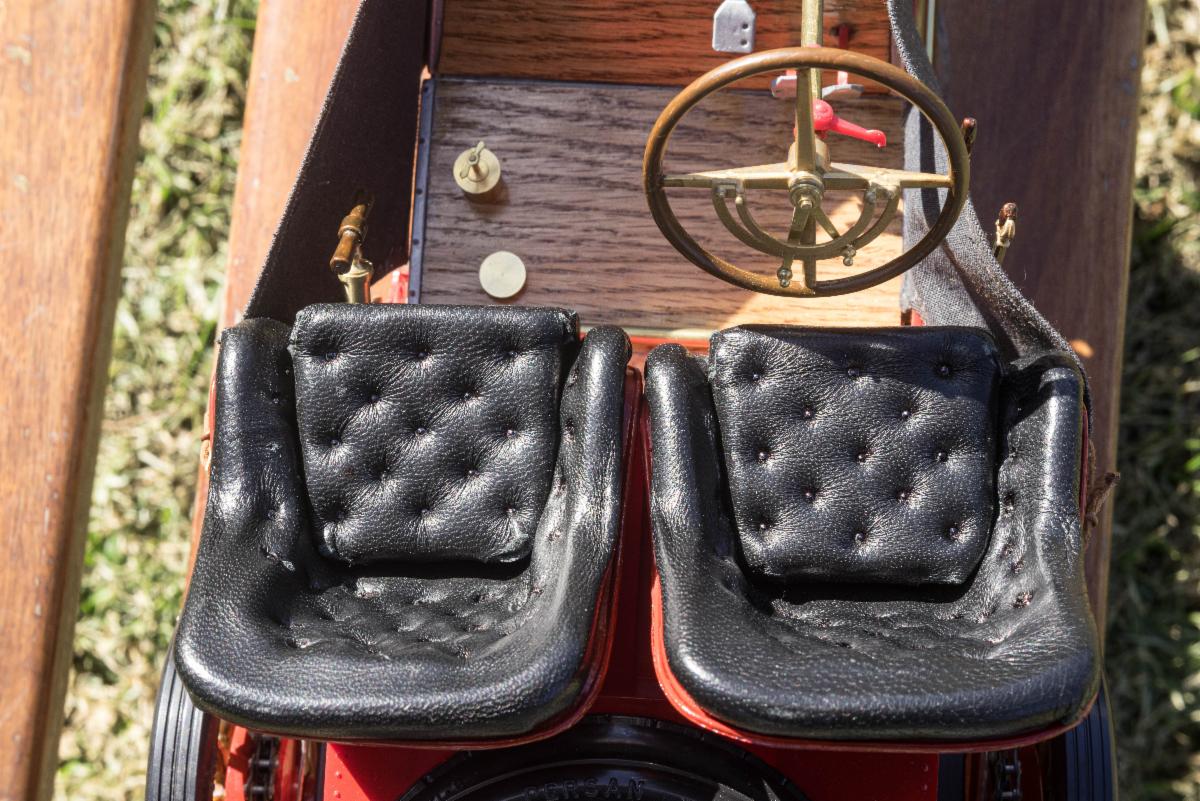
The 2024 Pebble Beach Concours d’Elegance judges surprised many car enthusiasts by awarding their Best in Show award to the first place winner of their Preservation class. The fact that the car was a Bugatti was no surprise, but the fact that the 1928 racer was essentially untouched since its construction nearly a century ago was the talk of the show. “Untouched” in the sense of having never been restored nor rejuvenated, which is to say full of patina, full of scuffs and gouges and dings and scratches. The finish on the bodywork was faded and worn, and the leather seats were well past their prime. The point of this digression is that Time has moved on when it comes to what we use to call a “Pebble Beach restoration” wherein everything is refinished to perfection with an eye to what the original builders might have done had they had unlimited funds.
Fernando Angiolini’s version of the Pocher Fiat is an homage to these traditional Pebble Beach standards, and his model captures a moment in history which may be fading fast. To picture this lovely model with barn dust and spider webs is a shock to our senses. Imagine how much easier it would be to duplicate a dilapidated prototype than to capture the look of perfection.
Chief among the virtues of Sr. Angiolini’s Fiat racer is that each detail is addressed. From the carefully wood-grained shift knob to the individual tufted seat cushions, the model is a feast for the eyes of model builders who crave accuracy. The smooth finish and carefully painted nuts and bolts can be an inspiration to the rest of us, and the wood spoke wheels can send the rest of us back to our work benches. One is tempted to wonder if Sr. Angiolini accepts contract work. Naturally, under the hood there are joys to behold, chief among them the MMLtd. cast bronze rocker arms. Delightful.
Those of us who have wrestled with this kit know what effort went into this creation. And those of us contemplating tackling this iconic subject can use Angiolini’s version as inspiration. Who knows? Perhaps in the future we may be admiring artfully rendered spider webs and barn dust. What is clearly true now is that this meticulously rendered model of a pristine automobile will always be a crowd pleaser. One suspects that it provided great pleasure to the builder as well. It has surely brightened our day.
AN IMPORTANT NOTICE TO OUR VALUED CUSTOMERS:
Shipments of new orders may experience temporary delays. You may continue to browse and place orders on our site, but please be advised that it may take longer than usual to ship your order. We sincerely appreciate your patience. Thank you for continuing to support our small business in these challenging times!
We have now opened the Scale Hardware Model Museum.
Featuring all scales and subjects!
Click here to begin your tour.
You may have noticed the addition of several videos to the Museum.
It's very easy with all the new devices and certainly adds
to the presentation of your beautiful models.
Keep them coming!
If you have photo or videos posted and
they need corrections, please contact us!

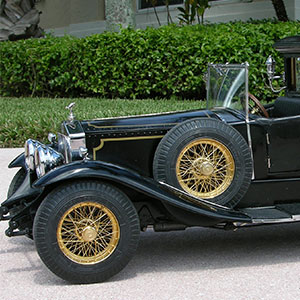
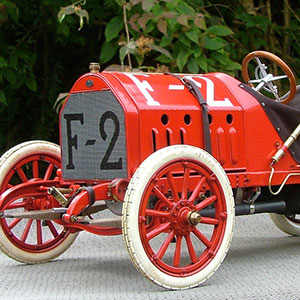
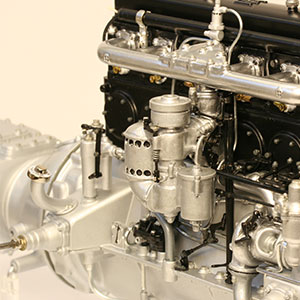
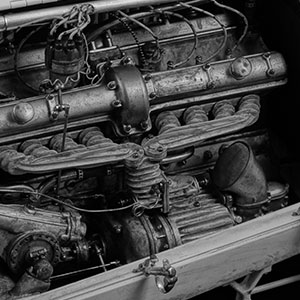
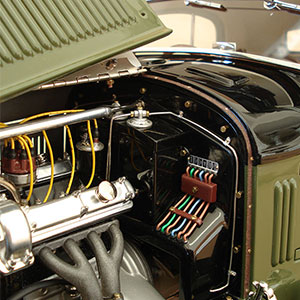
These helpful hints have made our modeling experience more fun over the years…
We hope they do the same for you!
We are proud to partner with industry leaders
Who share the same love for perfection and detail that we do









